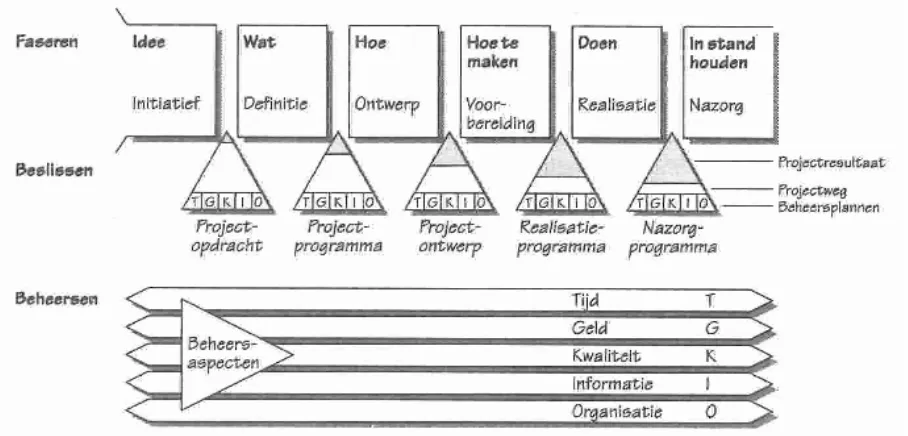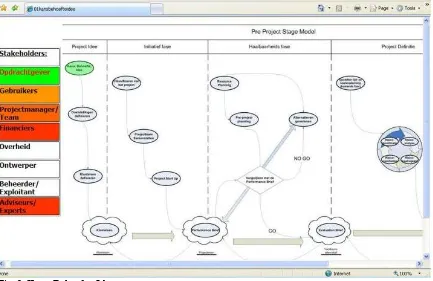Procesmapping in bouwprocessen: Ontwikkeling van een model voor “mapping” van stakeholders en activiteiten in de opstartfase van het bouwproces
Full text
Figure




Related documents
MJRP University, Jaipur Jaipur, India pst.online@gmail.com.. cyber-crime according to cyber-crime type, according to age group for the previous years can be analyzed.
ACSS: Central Administration of the Health System; DRG: Diagnosis Related Group; DSM-IV: Diagnostic and Statistical Manual of Mental Disorders, 4th Edi- tion; FFS: fee-for-service;
In summary, a high percentage of patients with atrial fibrillation/flutter are kept in Canadian emergency depart- ments for troponin testing, and 4.9% of the total cohort was
BMSCs: Bone marrow stem cells; CCs: Costal chondrocytes; DMP-1: Dentin matrix protein 1; DMSO: Dimethyl sulfoxide; DPSCs: Dental pulp stem cells; DSPP: Dentin sialophosphoprotein;
Furthermore, in the motivational profile of a regular exerciser, identified and integrated regulations are important contributors to exercise frequency while inte- grated
Here we used deep sequencing of the host cell transcriptome to discover that the expression levels of prosurvival genes were upregulated in persistently infected cells relative to
In a genome-wide analysis, we showed that the locations of genomic regions with high and low levels of meiotic recombination (hot spots and cold spots, respectively)
The genetic diversity of ST246 and ST248 strains was significantly higher than that of ST209, suggesting that these other strains were endemic within the Icelandic horse population

